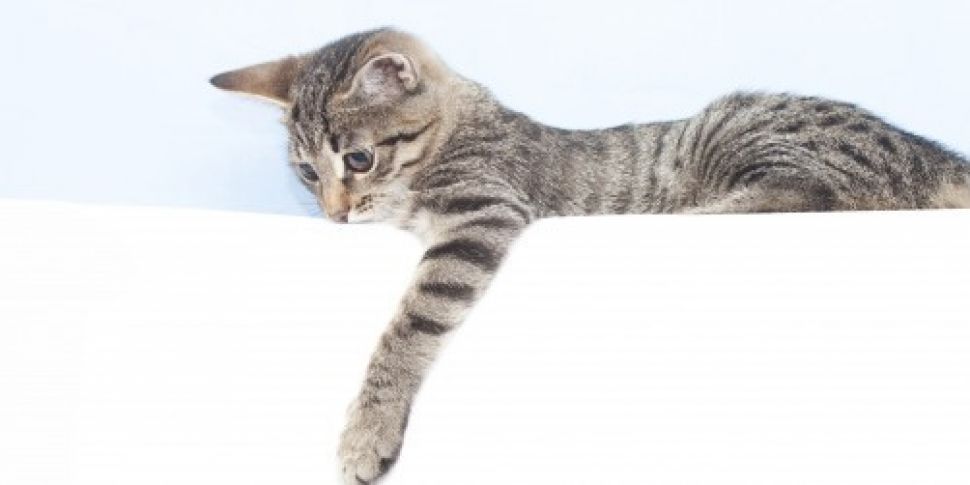Researchers at Queen’s University Belfast have found that female cats are much more likely to use their right paw than males.
The team recruited 44 cats for the study and found that while there was no overall population preference, like the human preference for right handedness, there was a gender preference.
The findings have been published in Animal Behaviour.
Until now, studies on limb preference of animals have focused solely on forced experimental challenges.
But in the Queen’s study, the cats - 24 male and 20 female - were studied in their own homes so that information could be gathered as they went about their everyday tasks.
The cat owners collected spontaneous data on whether the cats used their left or right paws when they stepped down the stairs or over objects - and whether they slept on the left or right side of their body.
A forced test was also carried out, where the cats had to reach for food inside a three-tier feeding tower.
The majority of cats showed a paw preference when reaching for food (73%), stepping down (70%) and stepping over (66%) and their preference for right and left was consistent for the majority of the tasks.
In all cases, male cats showed a significant preference for using their left paw, while females were more inclined to use their right paw.
However, when sleeping the cats did not appear to have a side preference.
Dr Deborah Wells, from the School of Psychology at Queen's, says that while there is further research needed to investigate why there is a gender preference, it could be down to hormones.
"The findings point more and more strongly to underlying differences in the neural architecture of male and female animals."
She also explains that the findings could help cat owners to understand how their pet deals with stress.
"Beyond mere curiosity, there may be value to knowing the motor preference of one's pet.
"There is some suggestion that limb preference might be a useful indicator of vulnerability to stress.
"Ambilateral animals with no preference for one side or the other, and those that are more inclined to left-limb dominance, for example, seem more flighty and susceptible to poor welfare than those who lean more heavily towards right limb use".
She adds: "We have just discovered that left-limbed dogs, for example, are more pessimistic in their outlook than right-limbed dogs.
"From a pet owner's perspective, it might be useful to know if an animal is left or right limb dominant, as it may help them gauge how vulnerable that individual is to stressful situations."









